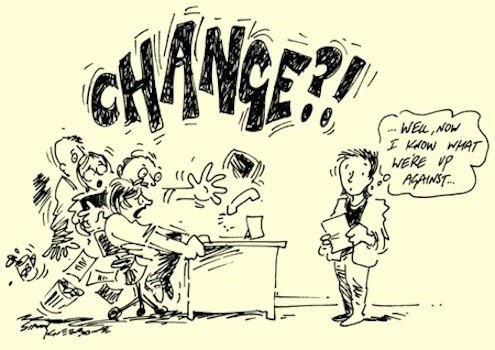Search for...
#Gamification Bookmarks
Published Bookmarks
 Game Performance: Part Two
Game Performance: Part Two
Dr. David Chandross explores the necessary game mechanics and requirements for developing an engaging, high performance game learning purposes.
 Game Performance: Part One
Game Performance: Part One
In the gaming industry we usually talk about game performance as a measure of how well a system can render graphics, but in training we talk about it in terms of how well it can train! The concept, however, is germane to both, that of creating the best possible user experience. The difference is that in training games, we measure how well the game delivered training. But we are going to discuss something deeper here, the idea of the game mechanic, theme or narrative enhancing learning.
 The Chief Learning Officer's Survival Guide: Part Two
The Chief Learning Officer's Survival Guide: Part Two
In part two of this series, Dr. David Chandross breaks down the issue of budgets when it comes to resisting technological change in learning.
 The Chief Learning Officer Survival Kit Series: Part One
The Chief Learning Officer Survival Kit Series: Part One
In part one of this series, Dr. David Chandross examines the key issues around change resistance for chief learning officers and gamification as a solution.
 Gamification and Sales: Part Two
Gamification and Sales: Part Two
In this post Dr. David Chandross continues to explore gamification in sales, as well as customer behaviour.
 Gamification and Sales: Part One
Gamification and Sales: Part One
The biggest thrust of gamification now is in enterprise sales, where it is used to drive sales force knowledge, simulate sales environments, and more.
 The Gamification of Addiction Management, Continued
The Gamification of Addiction Management, Continued
In this continuation from last week's blog post, Dr. David Chandross reveals recent data from studies into the gamification of addiction medicine.
 The Gamification of Addiction Management
The Gamification of Addiction Management
In this blog post, Dr. David Chandross reveals some new data from recent studies into using gamification and game-based learning in addiction medicine.
 Holistic Gamification: Part Four
Holistic Gamification: Part Four
In this holiday blog post we are going to follow up on our series on holistic gamification and our last post on the problems with competition and achievement in game design. To summarize, the argument was that competition through leaderboards and badge awards dominate today’s gamification sector and that, due to a lack of imagination and transfer of research into practice, these are a default design mode.
 Holistic Gamification: Part Three
Holistic Gamification: Part Three
As we continue to explore the concept of holistic gamification, we eventually have to confront some sobering realities about technology. Technology enables but it also imprisons, and further, it gives rise to inorganic life.
In this post we are going to look at the rise of inorganic life and its frightening future as man and machine merge. Gamification is one way we might harness this shift for the good, for without conscious effort inorganic life could become something dreadful.
In this post we are going to look at the rise of inorganic life and its frightening future as man and machine merge. Gamification is one way we might harness this shift for the good, for without conscious effort inorganic life could become something dreadful.
Submit Bookmark

